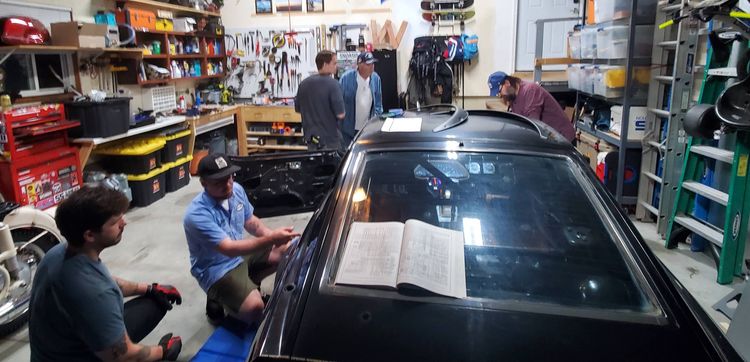Interior extraction: The (dry)Icecapades
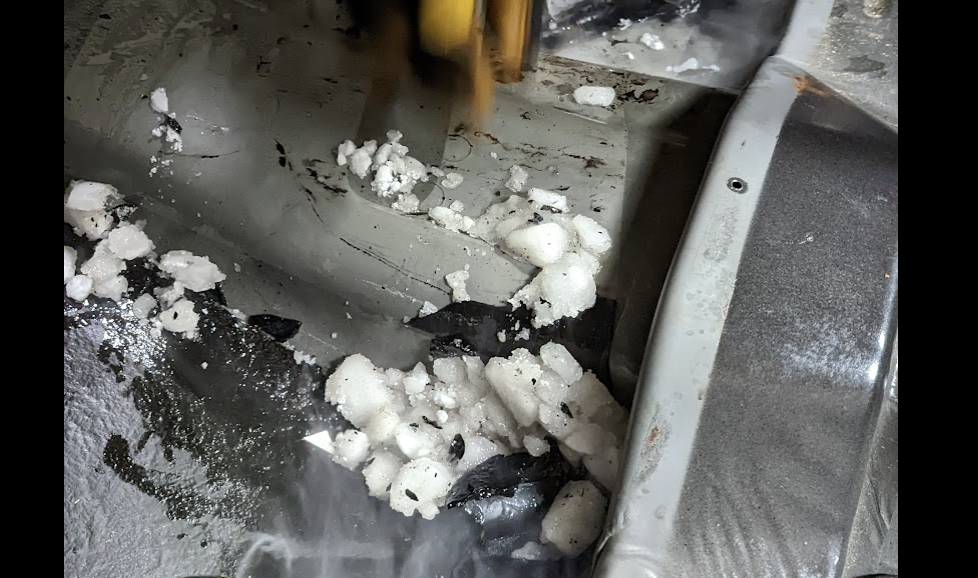
When you think about prepping an interior for a roll cage, you think about two groupings of things:
- Things that are absolutely required to drive the vehicle
- Absolutely, positively, everything else
Installing a cage involves welding. Welding involves heat. Heat does not play well with plastic, metal, glass, fabric, flesh… I mean really heat does not play well. So, the more crap you get out of the car, the better. Picking up from our last post, which covered purchase and our first work day on the 280, in this post I want to talk about our final push before delivering the car to our (awesome) cage installer.
There’s a lot of crap in a car you don’t need
This is great news for the aspiring racecar builder: so much of the weight in your car is unnecessary. In addition to how flammable, meltable, or explodable all this junk is, it’s heavy. As the great Colin Chapman memorably said:
“Simplify, then add lightness”
Friends, we’re about to add a whole lotta lightness.

Audio gear obviously goes: radio, cassette, speakers, and antenna. Climate control sure sounds nice while fully geared up blasting across the High Plains of eastern Colorado in June, but it has no place here. In a 40 year old car, that adds up considerably: a/c compressor, heater core, blower fan, vents, ducts, hoses.
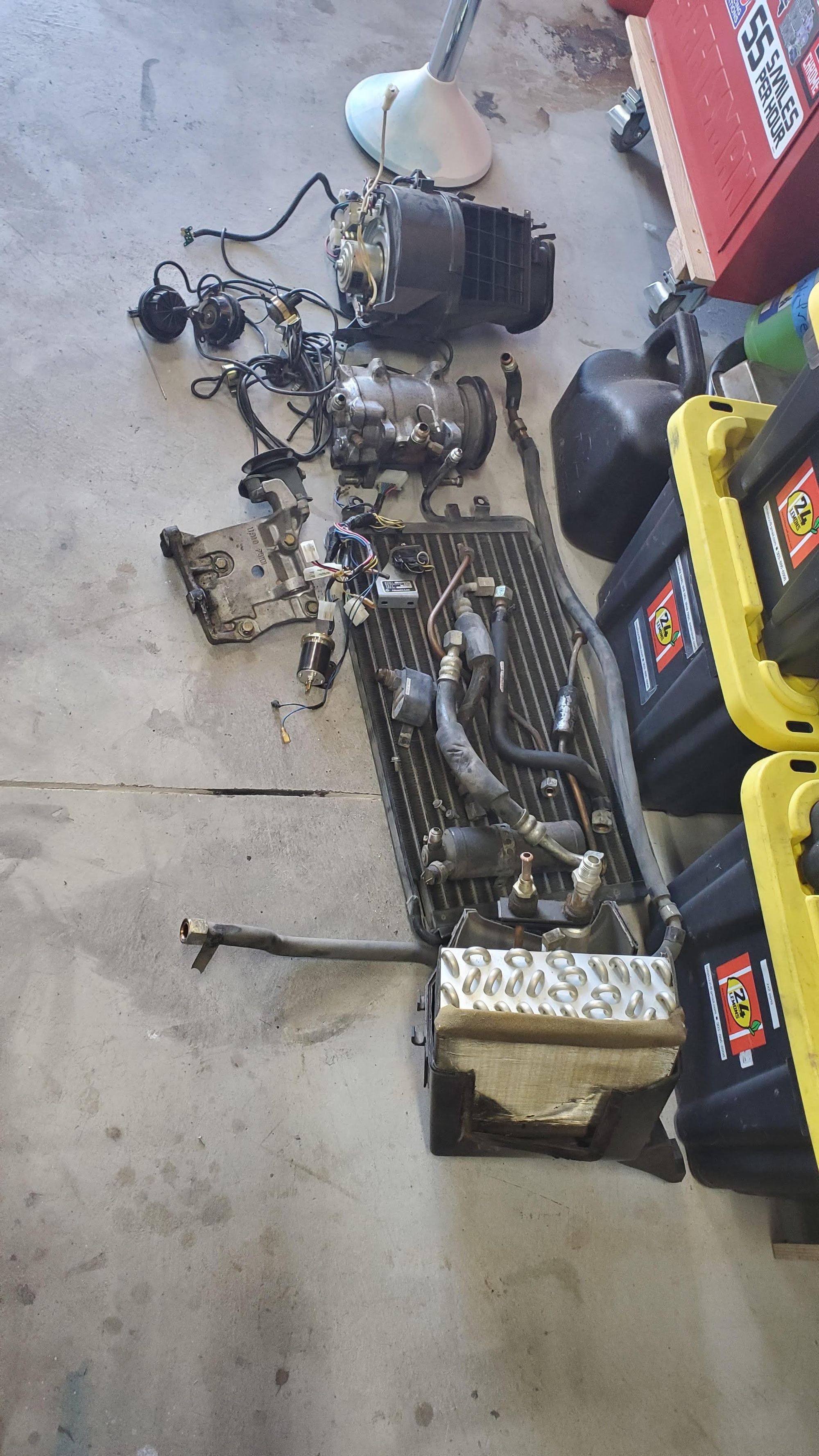
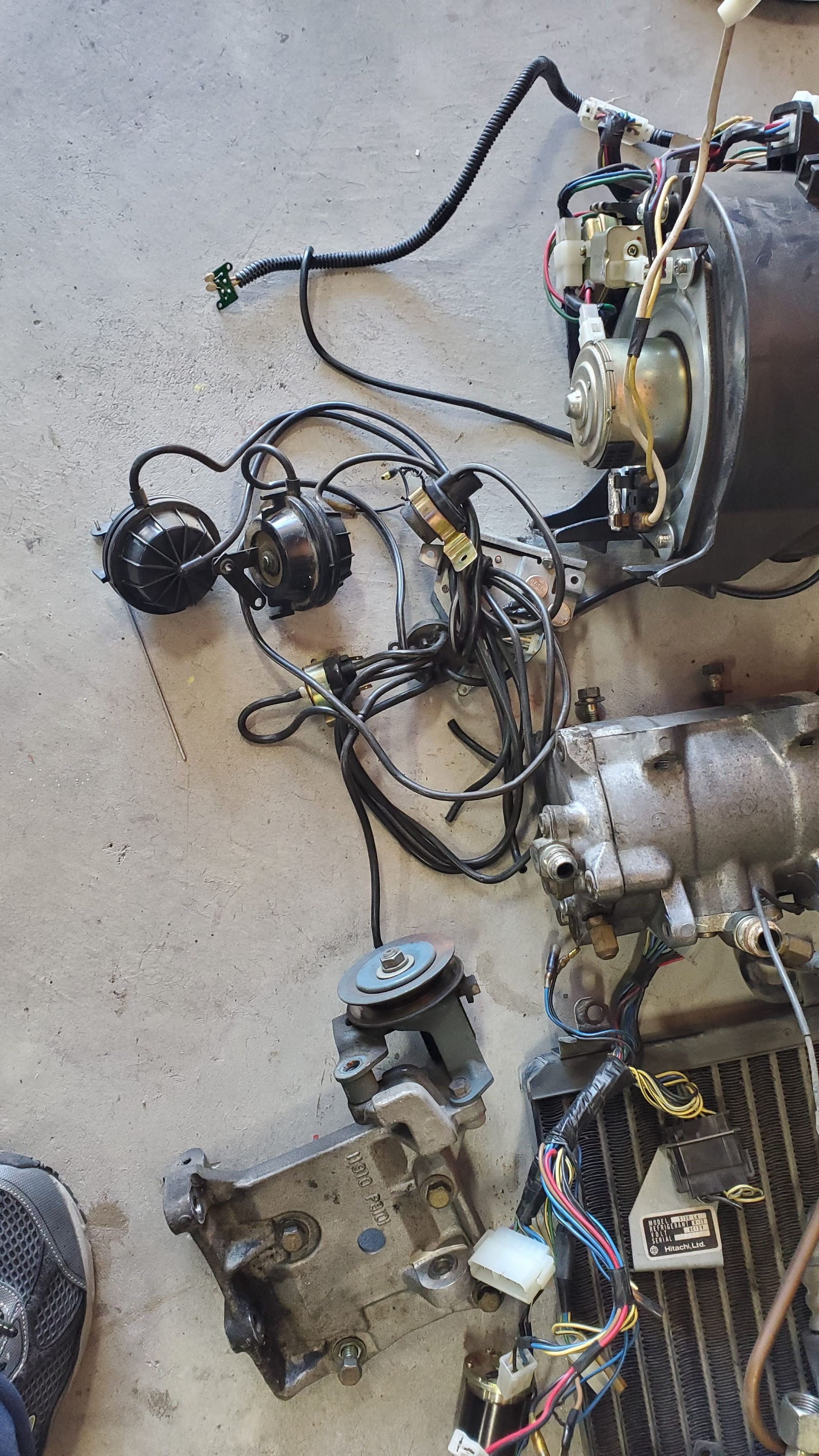
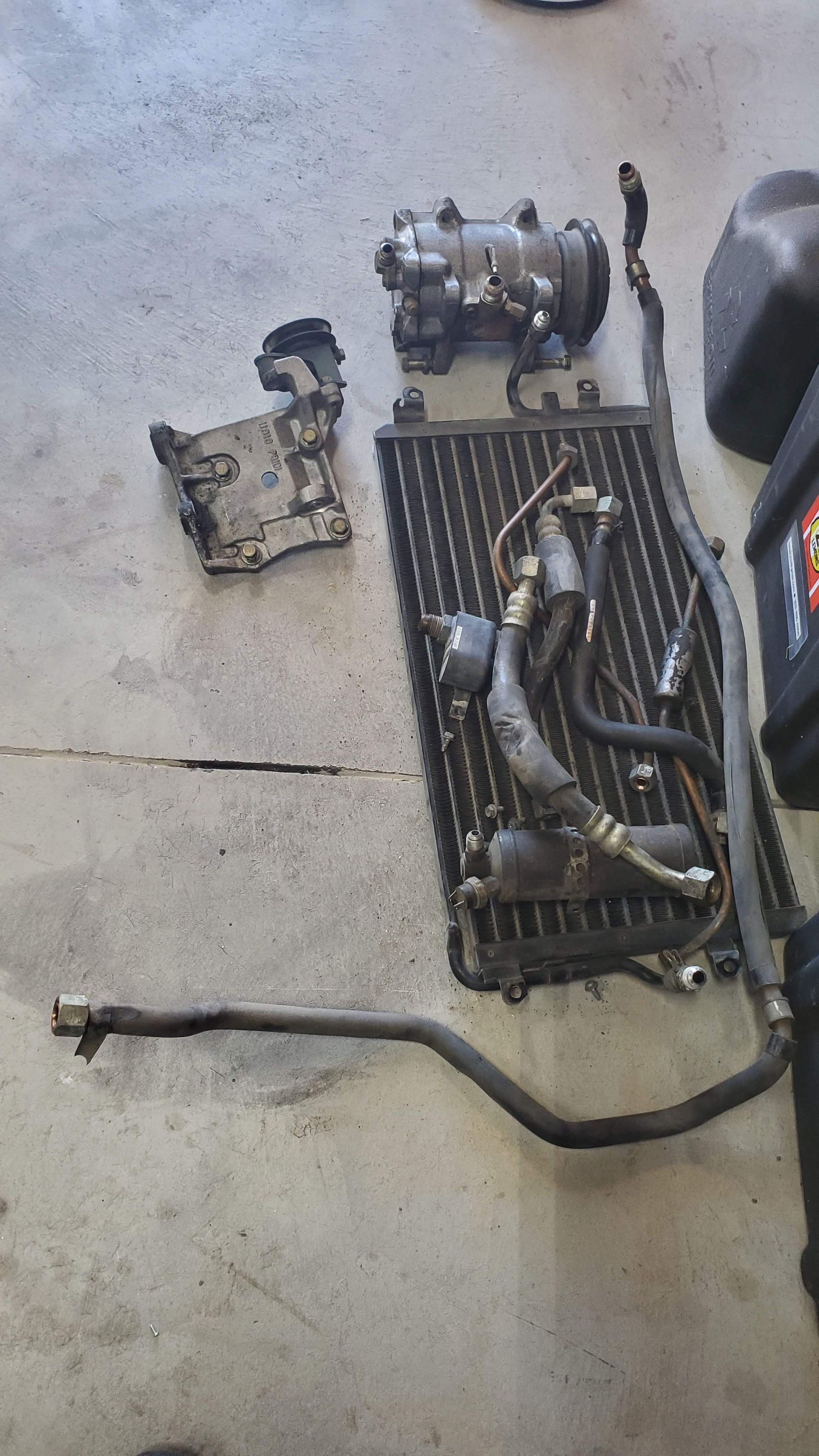
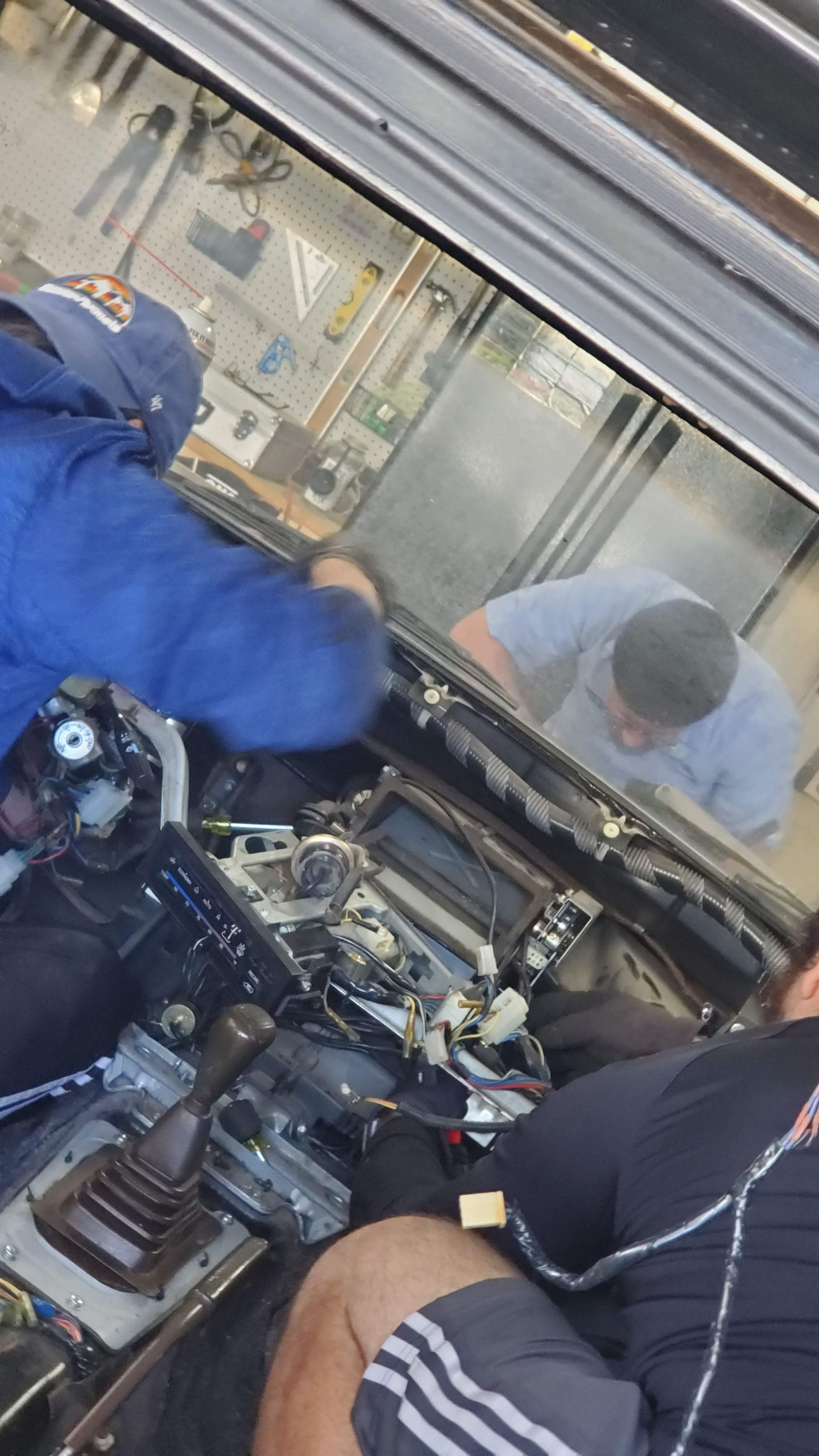
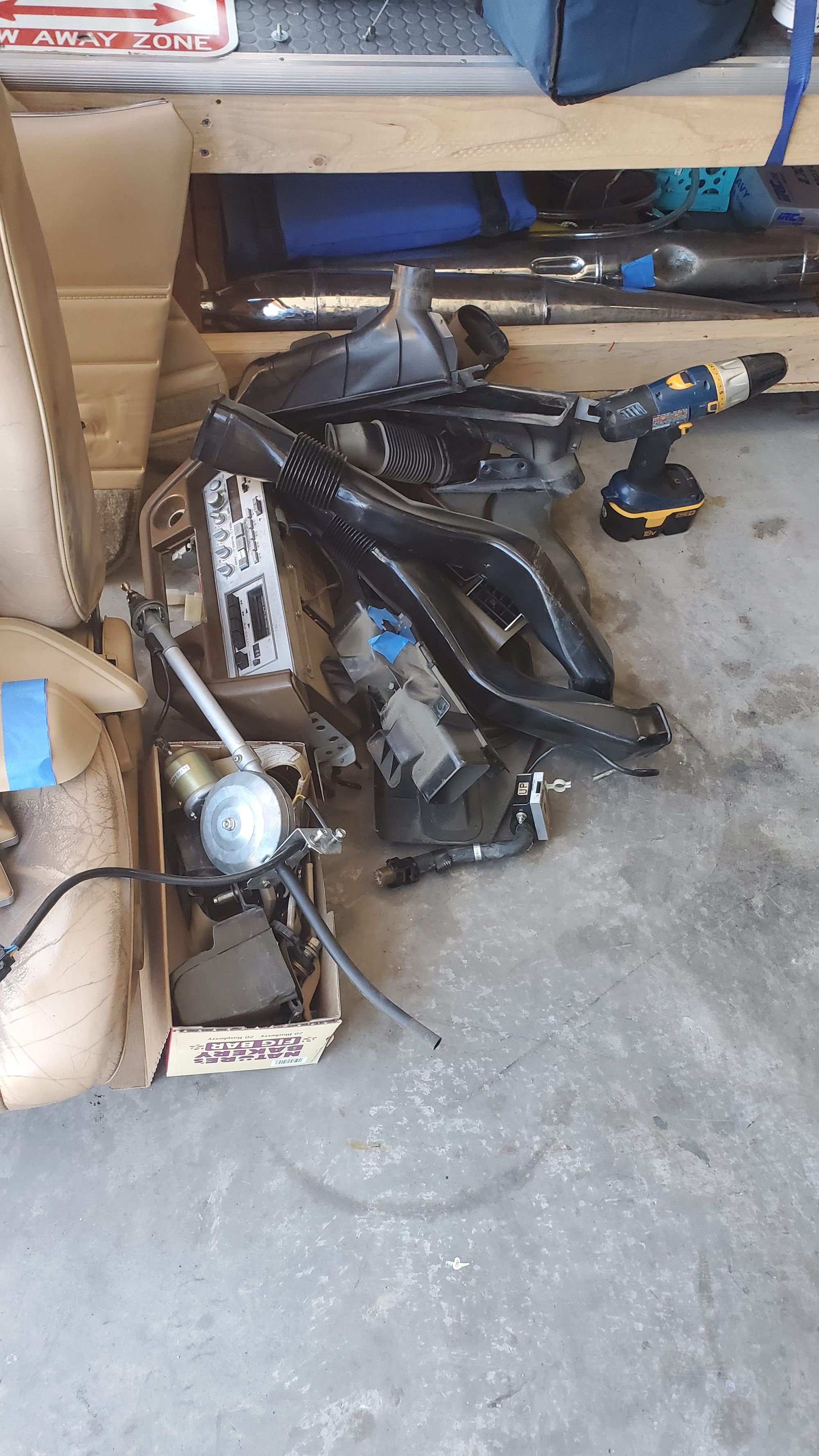
I want to remind everyone that our goal throughout this process was to maintain the integrity of all of this so that our buyer could have parts and spares for his restoration projects. This added considerable time to the process. Thinking back on it now, I marvel at how much time we could have saved with the simple expedient of an angle grinder.

As we’re proceeding with the teardown, it’s a good time to remind everyone that not everything is lightness. See those little colored wires? Those might be super important! Which ones are important, which ones aren’t? If you aren’t sure, assume they’re all important. Having carefully traced non-essential and essential leads, we removed the bits of wiring harness that weren’t directly involved in operation, including our brake lights (operative brake lights are required by the lemons rules). Last to go was the instrument cluster

Phew. That was a lot of work. Thankfully, we’re finally, completely, and utterly done. Right! Right? Righ…t?! I mean look at this dash

Oh no, there’s more
Unhappily No. As you may be aware, under the carpet of your car is, of course, some glue that holds it to the floor. There’s also sound deadening material, and, in the case of our car, approximately 42 years of accumulated fuzz, gunk, and other unmentionables.

How do you remove 40 years of agglomerated funk? Friends, let me share the Good News of our Lord and Savior: Dry Ice. Dry Ice, hammered into little pieces, and spread over the floorboards with Rubbing Alcohol is a potent combination. The alcohol doesn’t freeze, of course, but gets cold enough to help the ice do it’s work: freeze all of that shmutz so we can hit it with a hammer and have it shatter!
As you can see, this approach was incredibly effective. While effective, it was cold. We had gloves, and thermal gloves, and layers and… what can you say? Handling dry ice is cold. The novelty of this exercise made it bearable, but I don’t envision a career shift anytime in our teams’ future to this kind of work full-time.


With that, our interior is removed. Anything remotely flammable is out, everything that isn’t required to operate is gone. We added a couple hundred pounds of lightness. Time to visit the magical cage installer shop, run by a fellow Lemons racer!

… remember in my last post when I claimed this was a racecar?





